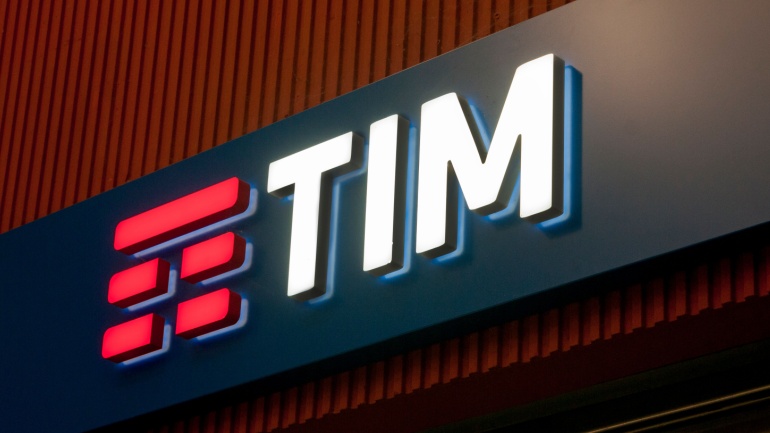Virgin Media O2 (VMO2) has unveiled a groundbreaking service named ‘smart support’ aimed at automatically monitoring and resolving home network issues for broadband customers. Leveraging Cisco ThousandEyes technology, the innovative system will debut with 300,000 Virgin Media broadband users, with plans for a comprehensive rollout in the future.
Microsoft embarks on an ambitious project, unveiling Microsoft AI London – a hub focused on advancing AI research and development. Helmed by AI scientist Jordan Hoffman, the hub will concentrate on building innovative language models and key infrastructure. Further enriching the UK’s AI ecosystem, the project aligns with Microsoft’s substantial investment strategy advancing the UK workforce towards the AI era.
In a significant move, AT&T has pledged an additional $3 billion investment by the end of the decade to address the digital divide in the United States, bringing its total commitment to this cause to $5 billion. This announcement comes as part of the telco’s ongoing efforts to ensure more Americans have access to affordable high-speed internet.
The US Federal Communications Commission (FCC) is gearing up for a pivotal vote on April 25 to reinstate net neutrality, a move that has stirred controversy, particularly among Republican commissioners.
In a landmark verdict, Telecom Italia (TIM) resolves a decade-long license fee dispute. Awarded a €1 billion payout by the Italian Government, TIM’s victory prompts further scrutiny of the necessity of these fees post-privatization.
The UK’s Competition and Markets Authority (CMA) is ready to plunge into an in-depth probe into a possible £15 billion merger between telecommunications giants Vodafone UK and Three UK, a decision that could reshape the mobile market landscape. This action, while not surprising, showcases how the regulator continues to question the ambiguous benefits claimed by the companies regarding impact on competition and investment.
Recent global research reveals 61% of organizations still rely on manual and time-intensive methods for sharing security status updates. In response, LogRhythm, the company helping security teams stop breaches by turning disconnected data and signals into trustworthy insights, today announced its 8th consecutive quarterly release. The latest innovations to LogRhythm Axon facilitate seamless dashboard and search import/export to community repositories, bridging the communication gap.
Zoom and Avaya announced a strategic partnership designed to deliver enhanced collaboration experiences to global enterprises. As part of the partnership, Avaya selected Zoom Workplace – Zoom’s AI-powered collaboration platform that will include meetings, team chat, scheduler, whiteboard, spaces, and more – to integrate with Avaya’s Communication & Collaboration Suite, providing customers with a new, streamlined way to manage their communications environments and workflows.
In an unexpected strategy shift, VEON is offloading its stake in Beeline Kyrgyzstan to CG Corp Global’s associate. The monumental telecom deal, setting the business’s value over three times its forecasted EBITDA for 2023, awaits regulatory approval. Amidst this change, Beeline Kyrgyzstan forges ahead in growth, promising patrons sustained exceptional digital solutions.
Vodafone Germany is set to reduce its workforce by 2,000 in the next two years as part of a cunning organizational restructuring strategy. These significant shifts aim to transform the telecom titan into a “simpler, faster, leaner, and more powerful” operation.













